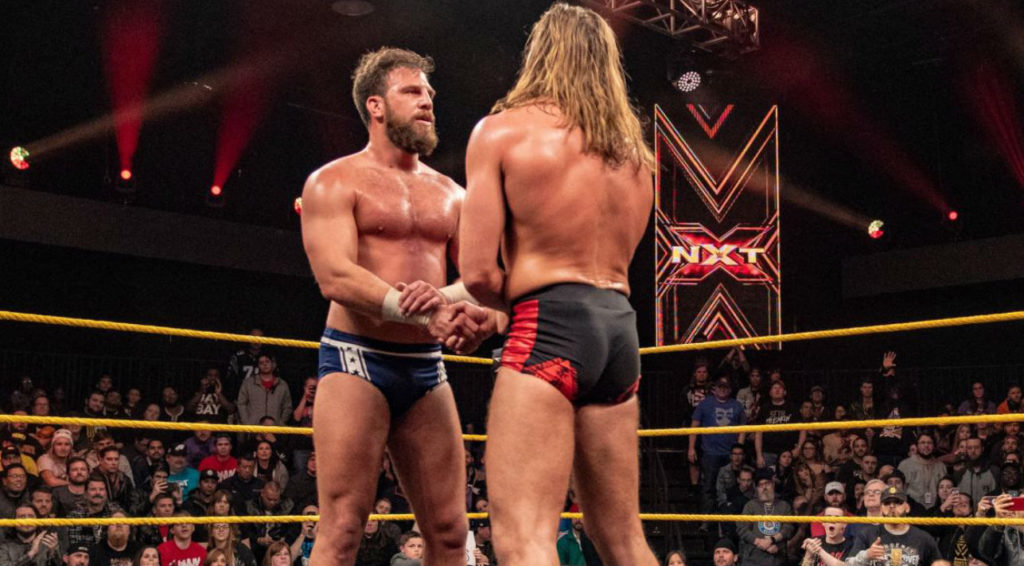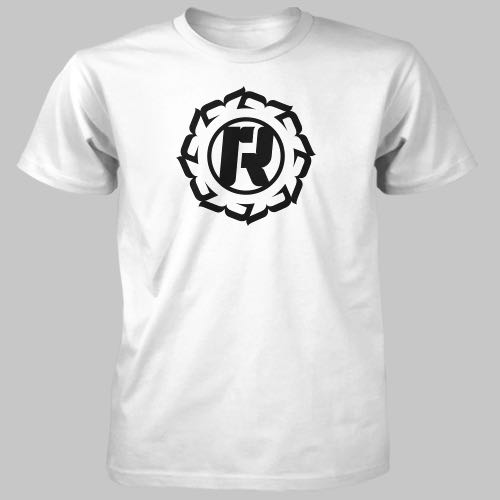Real Shooters: Catch Point

RondaRousey.com’s Real Shooters feature explores the good, the bad, and the weird of pro wrestling-MMA crossover moments in history.
In the wide world of professional wrestling, some styles and moves resemble legitimate martial arts more than others. In independent promotion EVOLVE Wrestling, a group of wrestlers—some of them current and former WWE Superstars—formed a stable that called back to pro wrestling’s roots in more realistic grappling. This installment of Real Shooters looks at the history and possible future of Catch Point, a group that showcased old school wrestling for a present-day audience.
When Catch Point began, EVOLVE was known for, among other things, its commitment to showcasing great technical wrestling. With Timothy Thatcher, a practitioner of catch-as-catch-can style, their top champion, fans knew to expect just that in EVOLVE’s main events. At EVOLVE 50 (in November 2015), Thatcher’s main rivals were technical experts as well. Drew Gulak and his protégé Tracy Williams antagonized Thatcher, and his former tag team partner TJ Perkins aligned himself with his enemies. Gulak and Williams soon invited former UFC fighter Matt Riddle—a newcomer to the promotion and, at the time, the entire industry—into the group, and the original lineup of Catch Point, one of the most popular groups in EVOLVE history, was completed.
The name “Catch Point” was a reference to catch wrestling (also called catch-as-catch-can or American folk wrestling), the grappling style used by pro wrestling pioneers like Karl Gotch and Billy Robinson. More recently, people like Kazushi Sakuraba and Josh Barnett have used catch wresting’s notoriously painful techniques successfully in the MMA world. NXT’s Shayna Baszler, in both her MMA and pro wrestling careers, is part of this legacy as well.
All members of the Catch Point stable—at least, its early iterations—worked a style reminiscent of early 20th-century pro wrestling and took it very seriously. According to Drew Gulak in the video above:
“Catch Point is a philosophy. With Catch Point, the idea is to isolate your opponent’s weaknesses. It’s not about flash. It’s not about impressing people for a job. It’s about taking back what’s ours as professional wrestlers, which is do your job, get the win, beat somebody, be aggressive.”
Though he maintained that it wasn’t about “impressing people,” Tracy Williams denied their wrestling style was boring:
“Catch Point and the fighting style we do is constant fighting and a constant struggle between two people. It’s hold for hold, it’s counter for counter… it’s fighting art, and to call that boring, I think is ignorant.”
Gulak called it “the thinking man’s style” and Williams called it “the root of this sport and… the future of this sport as well.” It was also a style that could easily be made to look menacing and manipulative, which fit the group’s original heel agenda. What Williams called “that mental preparation of knowing your opponent’s style, his strengths and his weaknesses, and how to exploit them,” described not just the team’s wrestling style, but how they strategically targeted Thatcher’s personal weaknesses.
However, their emphasis on a collective mentality didn’t mean Catch Point was a group of indistinguishable grapplers. Gulak, a skilled technical wrestler who debuted in 2005 and currently wrestles for WWE on 205 Live and NXT, was the original mouthpiece and founder. The less outgoing Williams, who currently works for Ring of Honor, was an experienced technician as well.

The flashier Perkins (later TJP in WWE, the winner of the Cruiserweight Classic and a former Cruiserweight Champion) started learning lucha libre in his early teens and debuted in 1998, then trained in catch wrestling and other shoot grappling techniques at New Japan Pro Wrestling’s Inoki Dojo in the early 2000s. Riddle’s amateur wrestling skills and Brazilian jiu-jitsu training had already led him to MMA success. These skills, combined with his laid-back personality and natural charisma, quickly established him as a star on the rise.
As members of the group left EVOLVE for WWE (first Perkins, then Gulak) or were removed from the team, other wrestlers took their place. Former Catch Point member Fred Yehi might be the most underrated performer on the independent scene right now. Chris Dickinson and Jaka, with their brasher personalities, at first didn’t seem like natural fits for Catch Point but embraced the group’s spirit of competition and found success as tag team champions. The last wrestler added to the group, jiu-jitsu everyman Dominic Garrini, would have fit more easily in the 2015-16 version of the stable.
The fact that the stable allowed all of its wrestlers’ individual personalities to shine was part of what made not just its matches, but its storylines so compelling. The first story in which Catch Point was involved had a theme that would be repeated through the group’s history: the collective vs. the individual. As a loner, EVOLVE Champion Timothy Thatcher was an easy target and Catch Point eventually pushed him to the point that he dropped his title.
When Gulak wasn’t able to personally beat Thatcher at EVOLVE 72, he called Catch Point a failure even though his teammates were experiencing success in their careers. This led to an intense feud between Gulak and Williams in which the latter defended the spirit of the group against his mentor’s selfishness. Williams defeated Gulak in Gulak’s last EVOLVE match before going to WWE and became the new team leader.
Throughout 2017 and 2018, the group moved away from the aesthetic of a team of athletes, and the initial spirit of Catch Point became more of a plot point than what the team actually represented. Manager Stokely Hathaway, who is currently signed to WWE NXT, purchased Catch Point and declared himself its leader. Yehi left the group and Riddle was beaten out (as the stable returned to villainy) as their teammates were seduced by promises of money and power. By the time of the group’s last big angle—a clash between Hathaway and a regretful Williams—Catch Point had all but dissolved and didn’t closely resemble its original form or the origins of American pro wrestling.
Catch Point is dead on the independent scene, but it’s possible Catch Point could be resurrected in WWE. The stable entered the wrestling conversation again when Riddle and Gulak wrestled on the February 6, 2019, episode of NXT (full match and episode on the WWE Network here.) After an impressive and entertaining display of technical skills, they performed the team’s signature handshake. Nothing has come of this so far, but Riddle tweeted that “if Catch Point reunited in WWE we might be the greatest faction of all time.”
Will WWE incorporate this callback to pro wrestling’s roots into their programming? Only time will tell. If not, Catch Point’s former members are still sure to continue to showcase the style of grappling valued by the team.